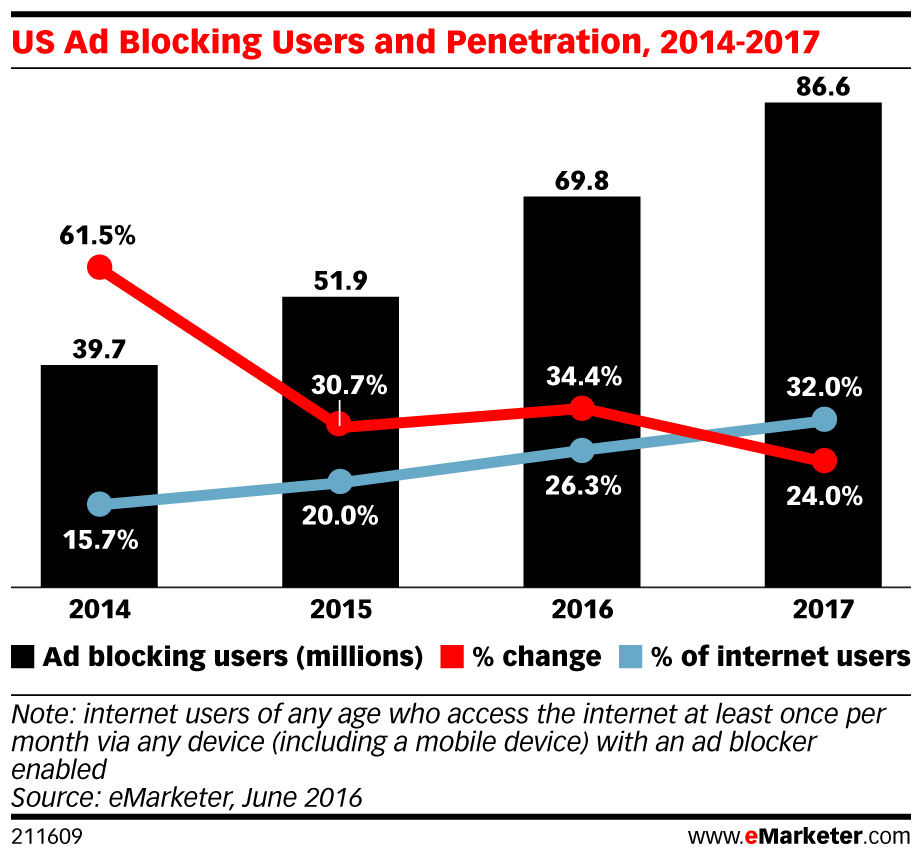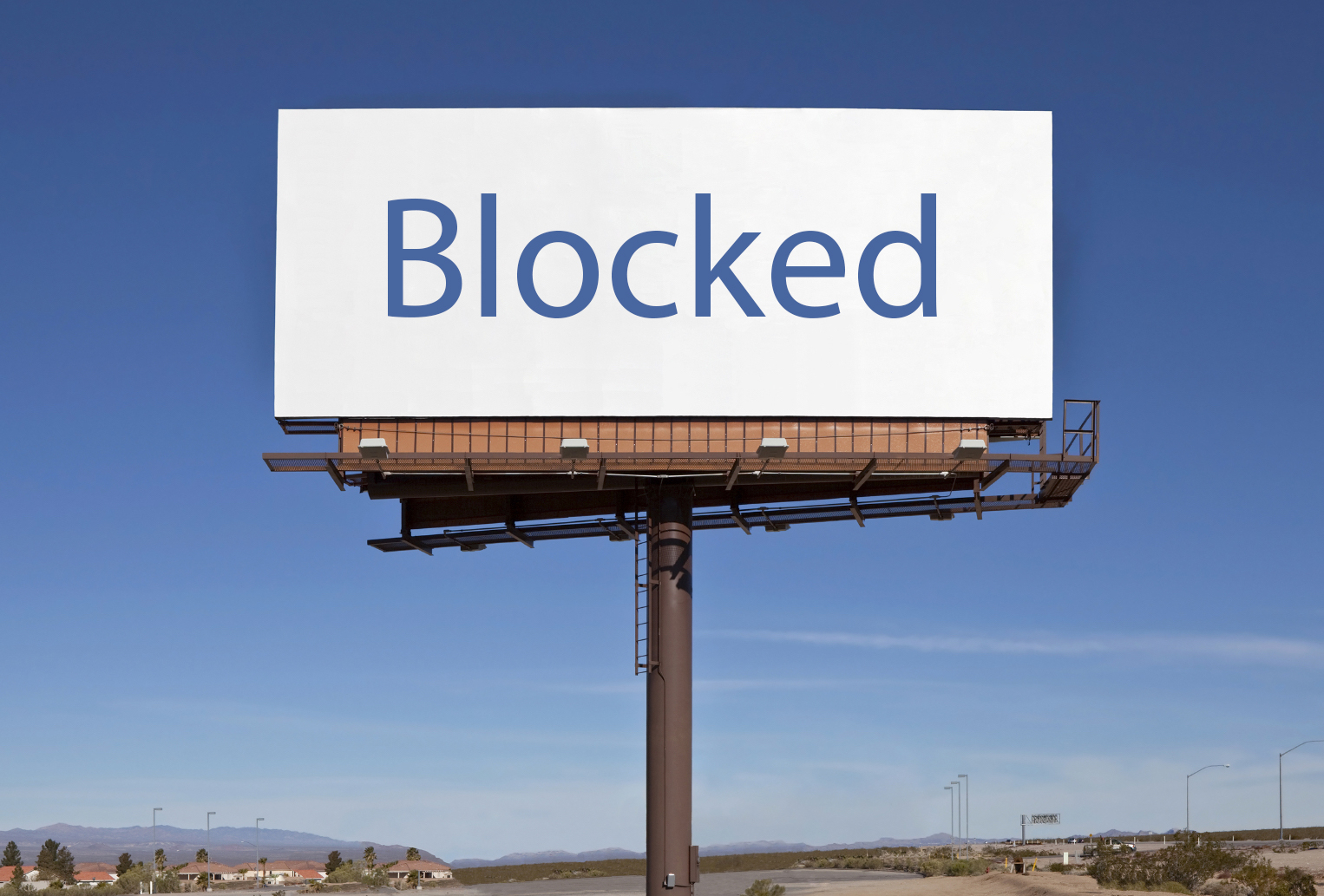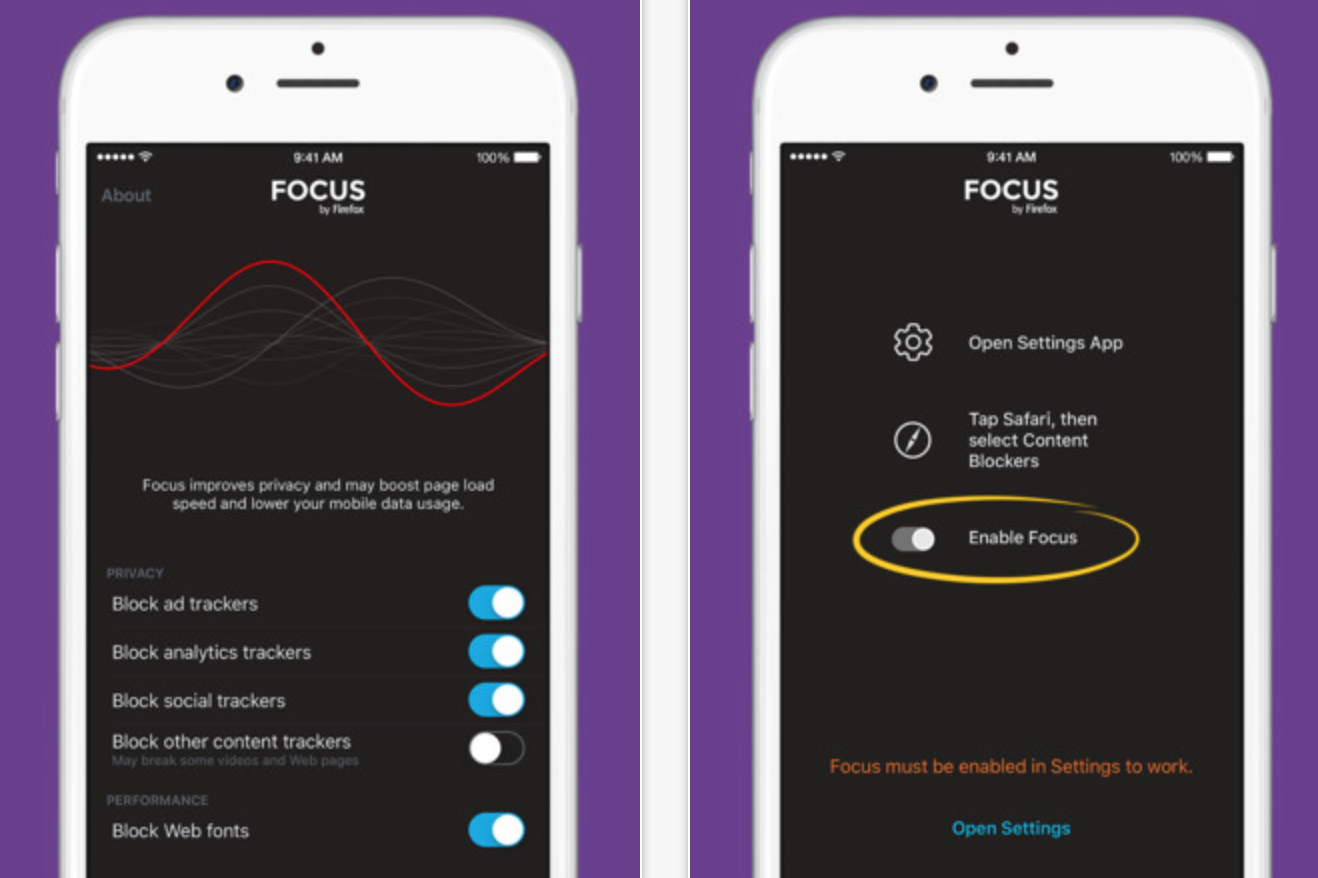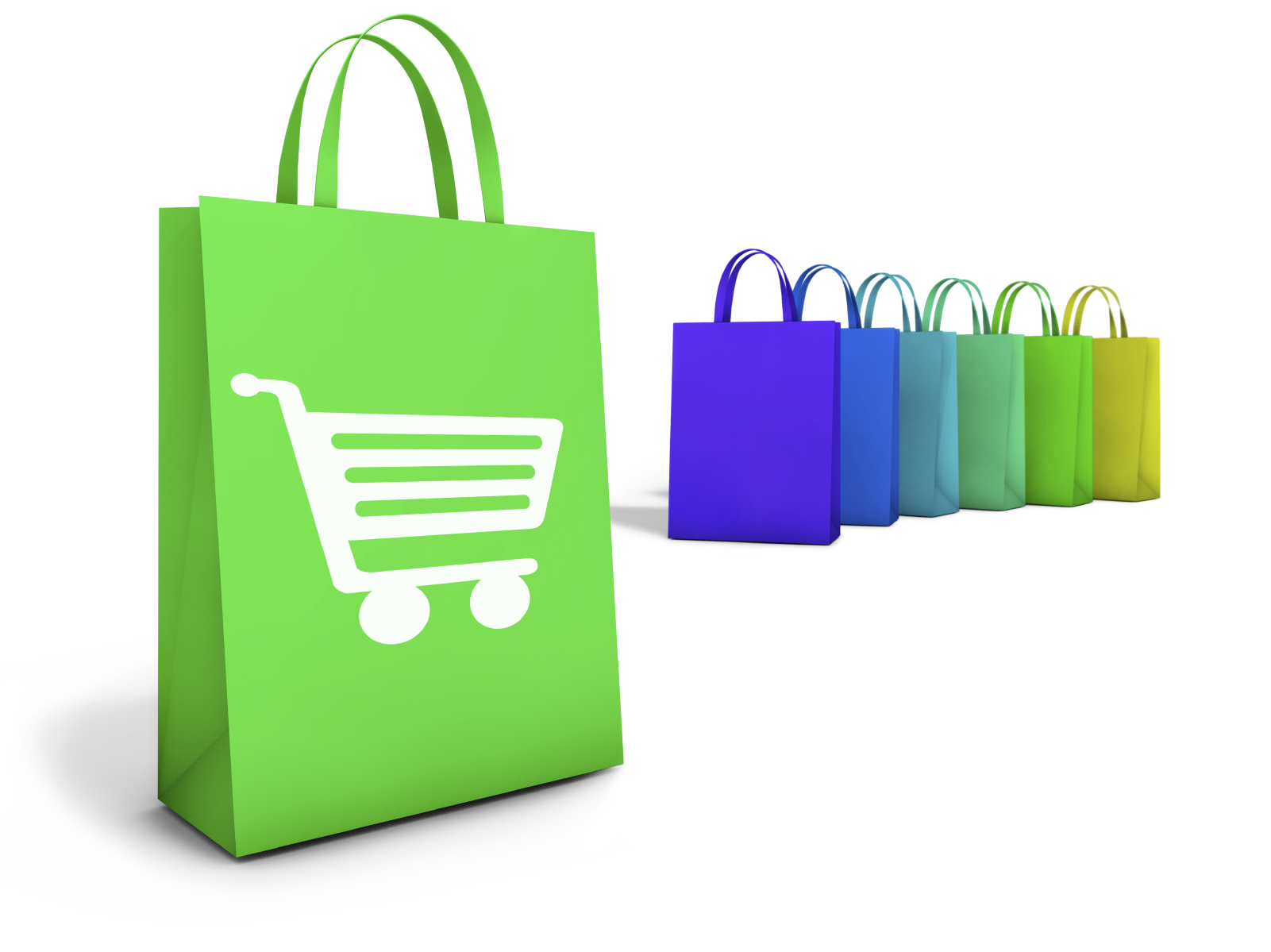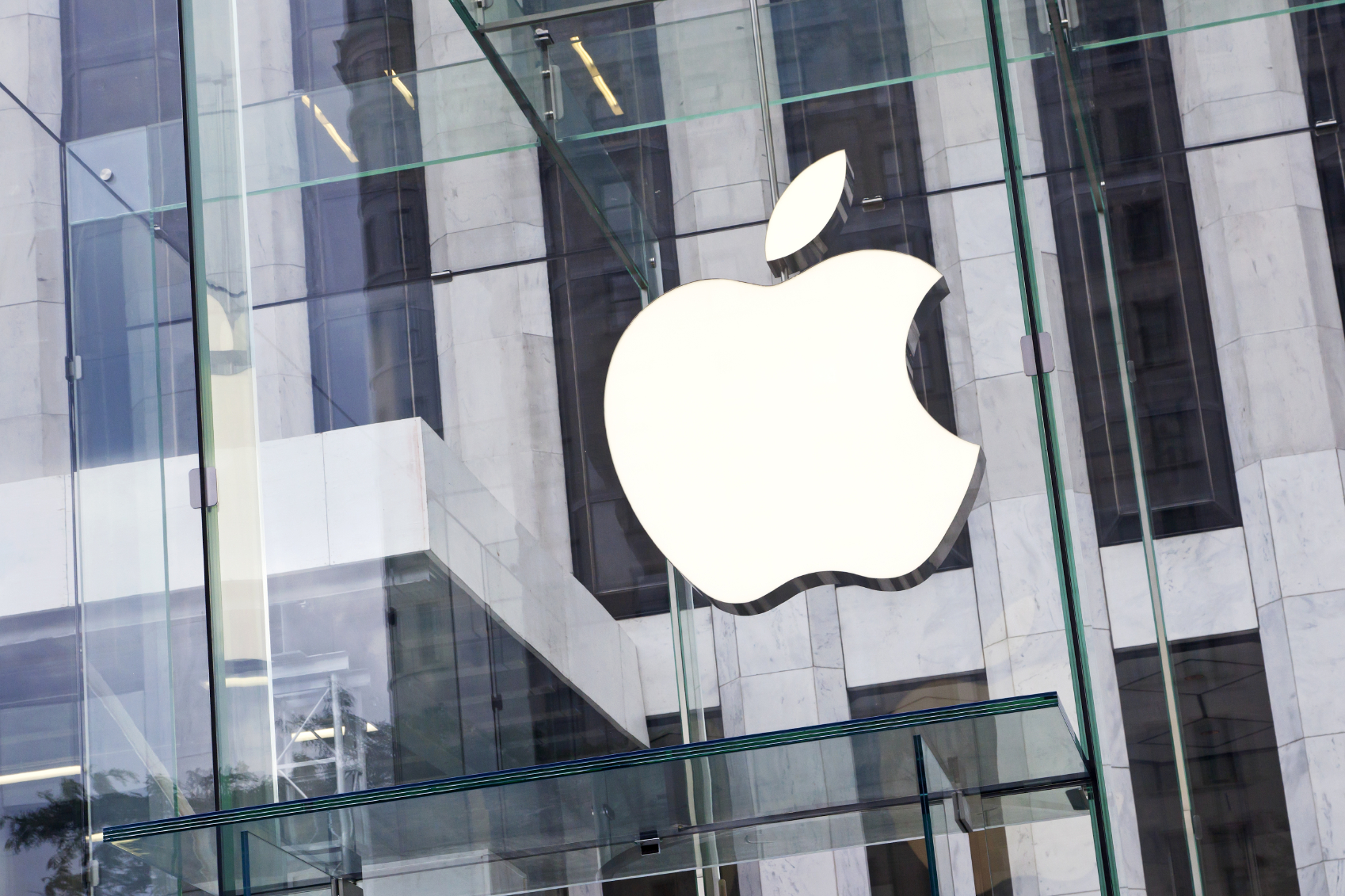What Happened
Eyeo GmbH, the company behind the popular adblocker Adblock Plus, is launching an ad exchange called Acceptable Ads Platform, enabling publishers to “choose from a marketplace of pre-whitelisted ads that they can drag and drop onto their sites.” The platform, which Eyeo created in partnership with ad tech firm ComboTag, promises to cut the whitelisting process from weeks to seconds. Advertisers will also be able to buy the whitelisted ad space through Google’s and AppNexus’ ad exchanges. (Update 9/14: Google and AppNexus have withdrawn their involvement in this effort.)
Why Brands Should Care
This new ad exchange offers brand advertisers a way to reach adblocker users, which is especially valuable for brands seeking specific audience segments where adblocker usage is high, such as young Millenials, high-earners, and the tech-savvy. While the irony of an ad-blocking software company selling ads itself is not lost, this development nevertheless highlights the ongoing tension between advertisers, publishers, and adblocker makers as they fight for control over the online ad experience.
To learn more about how brands can leverage branded content and native advertising to circumvent the rise of adblockers, please check out the Ad Avoidance section in our Outlook 2016.
Source: AdAge


